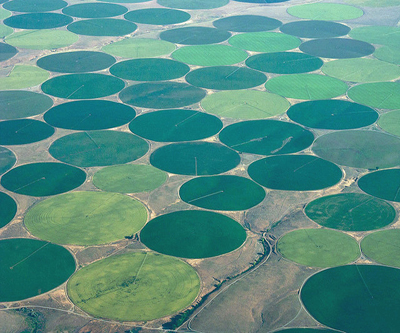
Mosaic Co’s (NYSE:MOS) shares rose nearly 3% on Tuesday to $43.98 on the New York Stock Exchange after the company released second quarter earnings that shows a fertilizer industry in better shape than most other commodity markets.
The Minneapolis-based fertilizer giant reported much higher-than-expected quarterly profit of $390 million, or $1.08 per share, a 57% increase compared with 2014, thanks to strong sales and operating expenses that were slashed 72% in the quarter to end-June.
The world’s fourth largest potash and largest finished phosphate producer said while second-quarter potash sales volumes fell 8% to 2.3 million tonnes from a year earlier, average realized potash price rose 5% to $280 per tonne.
The $15.6 billion company had expected to get between $265–$290 per tonne and produce 2–2.4 million tonnes. Mosaic’s three Canadian mines were humming along at 90% operational capacity compared to 76% a year ago and were able to cuts costs significantly producing potash at juicy margins with costs of $89 per tonne.
Mosaic said it expects to sell 1.6-2.0 million tonnes of potash at an average $260-$280 per tonne in the third quarter as operational capacity falls to the mid-60% range due to seasonal factors.
The company cut its potash sales forecast for the year to 8.2-8.6 million tonnes from 8.5-9.0 million tonnes. The global market for potash is in the region of 60 million tonnes annually.
Outgoing CEO and President Jim Prokopanko commented: “Our three world-scale Canadian mines provide operating efficiencies and flexibility needed to respond to global demand with significantly lower cash production costs. Mosaic expects robust global shipments in the second half of 2015.”
Mosaic’s Q2 phosphate sales volume rose 8% to 2.8 million tonnes although average realized phosphate price fell 3.2% to $450 per tonne. The company expects to sell 2.1-2.4 million tonnes of phosphates at $435-$455 per tonne in the current quarter.
Mosaic also narrowed its 2015 phosphate sales forecast to 9.5-10 million tonnes from 9-10 million tonnes.
Its joint venture phosphate project in Saudi Arabia with Wa’ad Al Shamal Phosphate is projecting a capital cost of approximately $8 billion, a 7% increase over initial capital estimates.
The giant project will see the construction of a mining complex with seven phosphate processing plants that will form the base of an industrial city of 100,000 near the border with Jordan.
Construction started in 2013 and commercial production is expected in 2022.
The company guided capital expenditure for the full year 2015 down slightly and now expects a range of $1.1 to $1.3 billion, compared to $1.1 to $1.4 billion before.